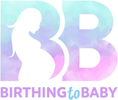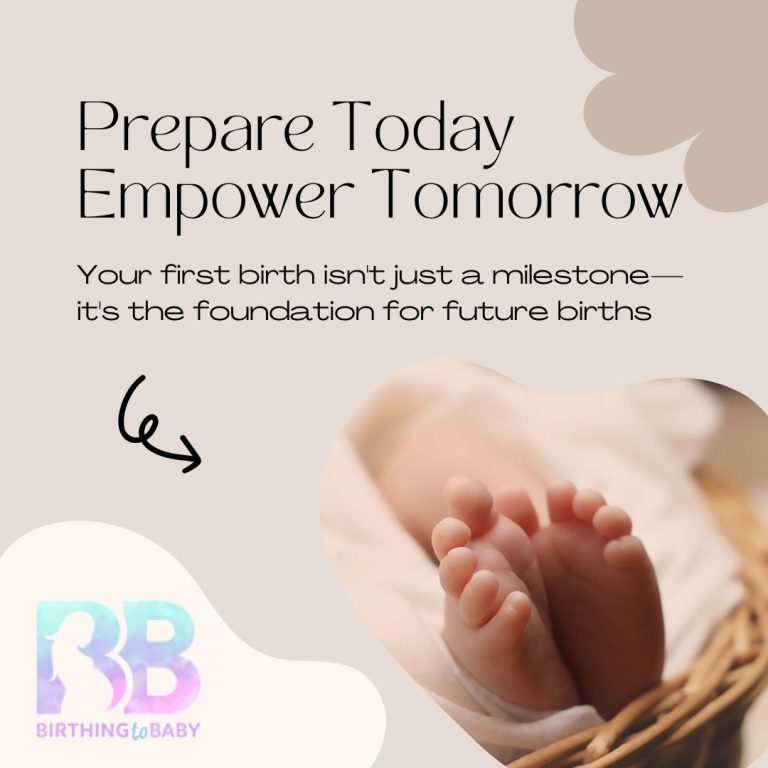Is This Labor or Just Braxton Hicks? How to Tell the Difference

As your due date nears, it’s completely normal to start wondering if every cramp, ache, or tightening is the real thing. One of the most common questions expectant parents have is: “How do I know if I’m in labor, or if it’s just Braxton Hicks?” These “practice contractions” can mimic real labor sensations, making it tricky to know when it’s time to head to the hospital or simply rest.
Braxton Hicks contractions are your body’s way of preparing for birth—but they don’t actually lead to labor. They often feel like a tightening or squeezing sensation in your abdomen and can occur as early as the second trimester, though they tend to become more noticeable in the third. Unlike true labor, Braxton Hicks are irregular, don’t get stronger over time, and usually go away with rest, hydration, or a change in position. They may be more noticeable after activity or at the end of the day when your body is tired.
True labor contractions, on the other hand, have a rhythm. They start off mild and spaced out, but grow stronger, longer, and closer together as time goes on. These contractions typically begin in the lower back and move toward the front of the body, causing more discomfort than Braxton Hicks. Unlike false labor, true contractions do not ease up with rest or fluids and will continue to intensify until your baby is born.
So how do you know when it’s time to call your doctor or head to the hospital? If your contractions are coming every 5 minutes, lasting 60 seconds each, and have been consistent for an hour, that’s a good indicator that labor is starting—especially if you’re past 37 weeks. You should also contact your provider if you experience any fluid leaking, vaginal bleeding, or a decrease in your baby’s movements. If you’re before 37 weeks and feel frequent, rhythmic contractions, be sure to call your doctor right away, as this could be a sign of preterm labor.
In our Birthing to Baby prenatal classes, we help expectant parents learn exactly how to recognize the difference between false labor and the real thing. We guide you through timing contractions, when to call your provider, and what to expect as labor begins. The more you understand your body’s signals, the more confident and calm you’ll feel when the big day arrives.
Remember, your instincts are powerful, and it’s always okay to ask for help if you’re unsure. If in doubt—reach out. It’s all part of preparing for a safe, empowered birth experience.






